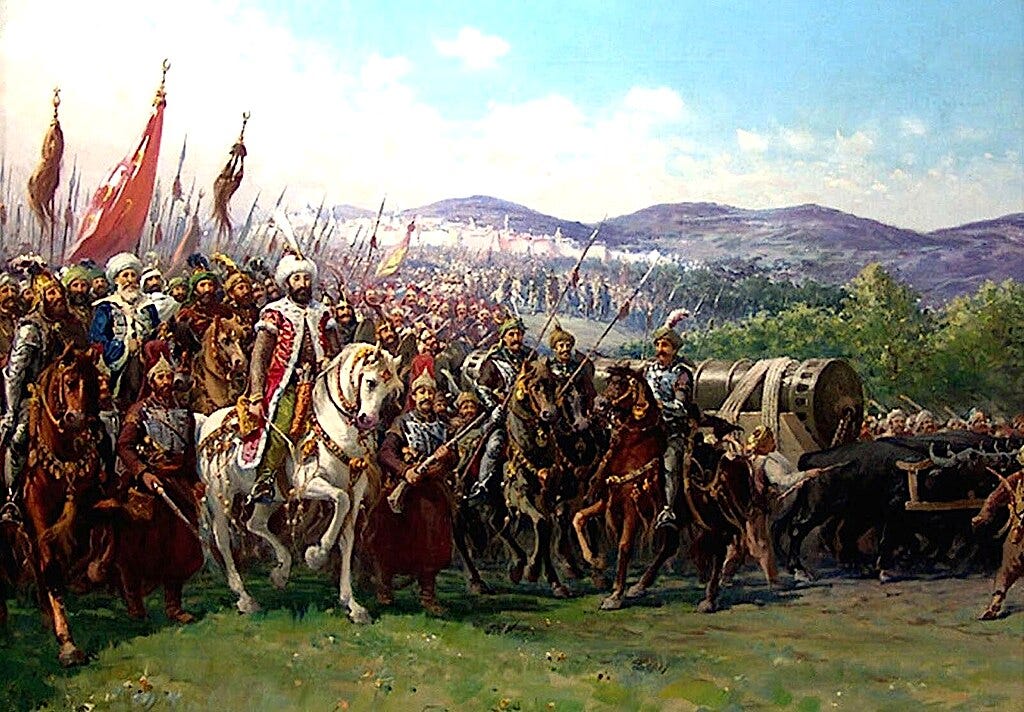
At dawn on May 29, 1453, Constantinople—a city once thought impregnable—fell to the army of a determined 21-year-old sultan. Mehmed II and the Death of the Roman World chronicles the extraordinary convergence of ambition, siege warfare, and historical legacy that brought the Byzantine Empire to its dramatic end. The article delves into Mehmed II's methodical rise, his strategic and psychological warfare, and how his victory transformed not only the city but also the geopolitical balance of the medieval world. From the last desperate prayers in Hagia Sophia to the sultan's entry through the shattered gates, this is history told with both gravity and cinematic clarity.
Yet, this is no simple tale of conquest. The article reflects on the cultural and religious aftershocks of the fall, how Eastern Christianity reeled from the loss of its greatest city, and how Mehmed—far from a destroyer alone—saw himself as heir to Roman power, instituting policies of repopulation, tolerance, and rebuilding. It reminds us that history is often both an ending and a beginning—where one empire falls, another claims its legacy.
#FallOfConstantinople, #MehmedII, #ByzantineEmpire, #OttomanEmpire, #MedievalHistory, #SiegeWarfare, #1453, #HistoryMedieval
Read More: Mehmed II and the Death of the Roman World—Medieval History



